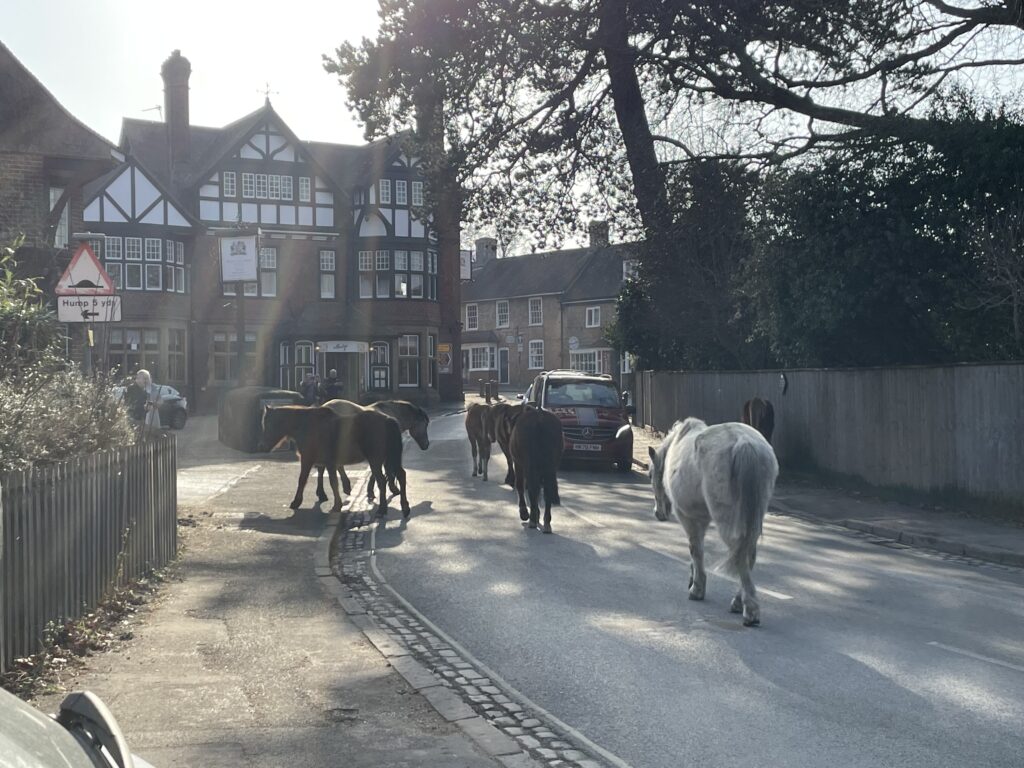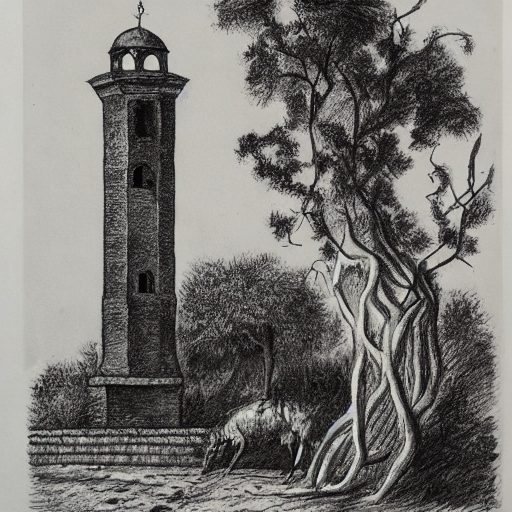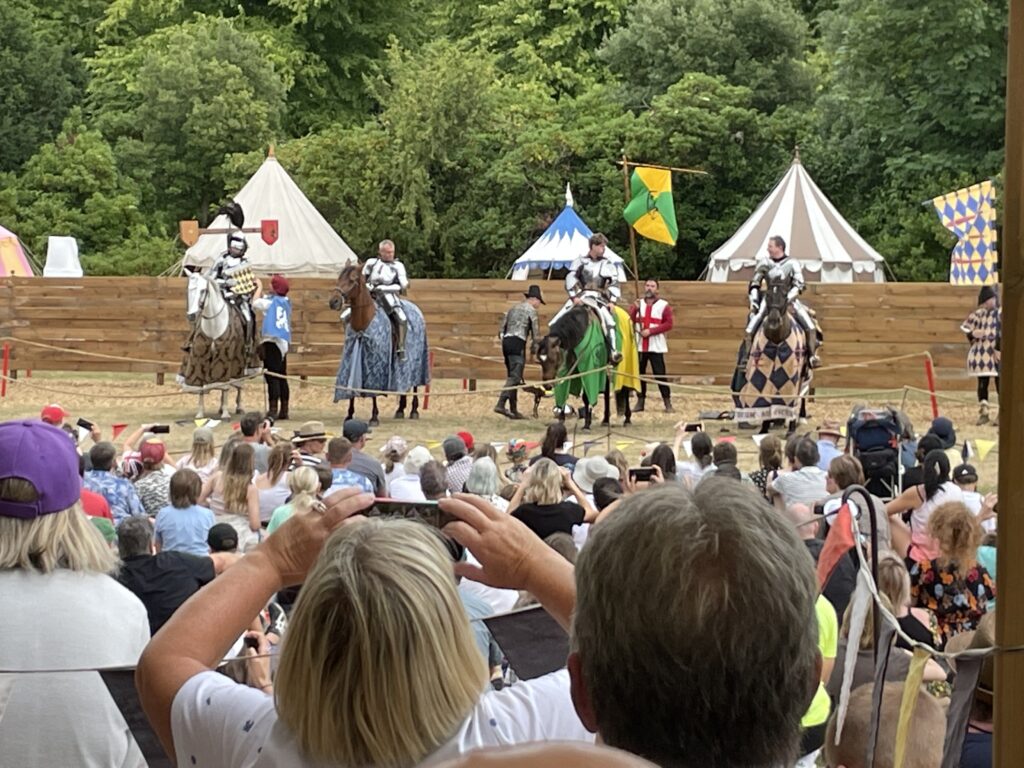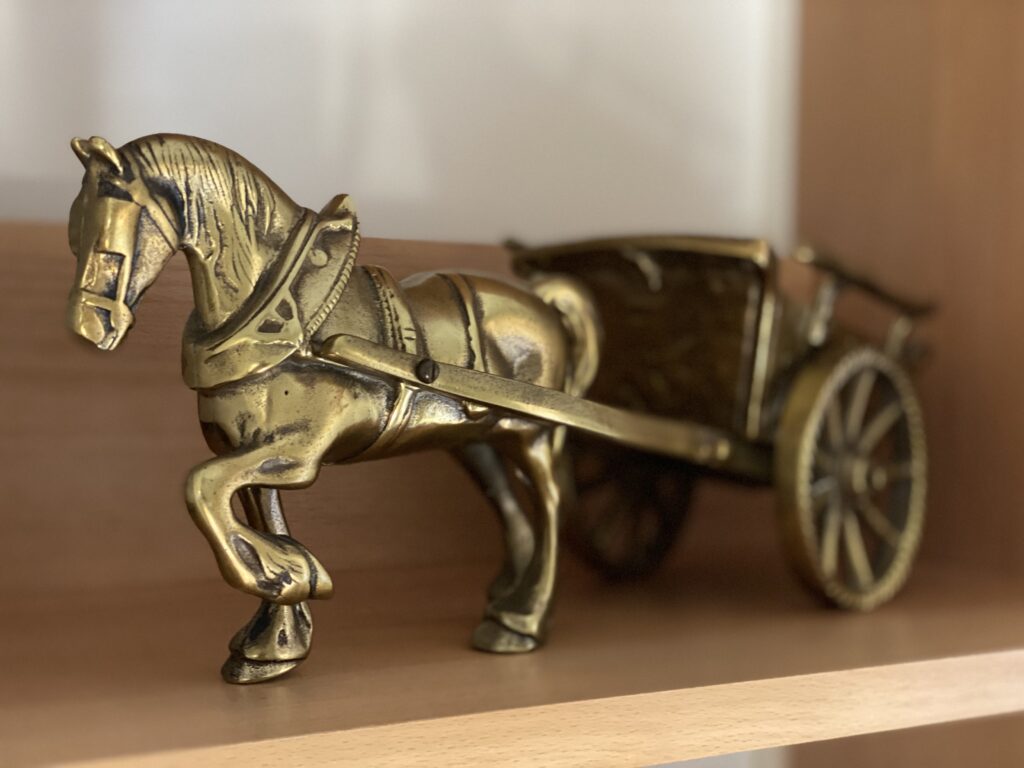I told you they were dangerous. Now they’re taking over picturesque human towns.

Take care out there. Nowhere is safe.
I told you they were dangerous. Now they’re taking over picturesque human towns.

Take care out there. Nowhere is safe.
You know the deal, I disappear for a while, then I come back full of beans then disappear again. Its a story as old as time. Well this time you may be forgive for thinking that I’d just been too busy doing a masters degree or looking after kids or some other made up nonsense, well no. Not this time.
For the last 5 and a bit months I have in fact been trapped down the character hatch. I know, I know, you’ve both told me to leave it shut, but sometimes the curiosity gets too much for me.

Now those of you with a keen memory may remember the last time I went down there, got stuck and was abandoned by Ian who was too busy demanding ham I had no means to provide. You’d think I’d have learned my lesson, but no. I opened the hatch (with a pack of ham in my bag just in case) and sank down into the Old Beans.
I spent a few hours wandering through the ornamental gardens, had a picnic by the Zorse monument and whiled away another hour or two doing a sketch of the bell tower in charcoal. The tower’s looking in quite bad shape these days, and you can just make out the corpse of a recently deceased zorse leaning against a wall.

Anyhow, I was just about to come back home when I heard that sound… you know the one… The sound of moody guitars, breaking glass and arty poetry that could only mean… Pete Doherty. He spotted me immediately, he had the mad faraway glint in his eye of a man who’d been forced to exclusively eat zorse meat for 13 years, and he was pissed. In both senses. I think he’d worked out how to distill zorse piss into a kind of hooch. Anyway after chasing me round the great hall, the gardens, across the old Loinsford campus and back to the clock tower he eventually caught me and pressganged me into forming a new band with him and doing a tour of the forbidden lands, (the Cockall Archives, the Saint Kingdom and the Savannah of in-jokes).
The band was just us two, and all I could play was the recorder and the demo button on the keyboard. It was awful. Pete wrote some witty satirical lyrics about Ian’s love of ham and the fall of Chris Industries, and off we went. We played 700 gigs, mostly to empty rooms. Occasionally the zorses would come by, and then quickly leave, but mostly to empty rooms.
For whatever reason, when we returned, Doherty was sated. His anger subsided, the punching stopped and he just wandered off into the mist surrounding in the Loosh Vestibule. I was free. I made my escape and resealed the hatch. I’ve learned my lesson (for now), and I’m back. Hopefully.
A little while ago, in the comments thread of another post, Ian and I were musing about how we could get more material from Kev on the Beans, and Ian suggested we use AI to churn out some generic Kev-like material for a new “Not Kev” account.
Unfortunately there just isn’t enough genuine Kev blog material to feed in to an AI to teach it what it should be writing, so I suggested padding it out with a load of Jilly Cooper novels.
Anyway, long story short, I got ChatGPT to write us some “Not Kev” blog posts and, while they have turned out with a fairly heavy Jilly Cooper influence, they’re still basically decent enough to be posted under Kev’s name without anyone noticing the difference.
I’ve actually got three of these ready to go, but I think this is the best one.
My birthday present this year was a two-day workshop using traditional woodworking tools to turn some freshly cut logs into a beautifully finished stool, complete with a hand-carved saddle seat. Yesterday I had the first day of the workshop, which was enormously enjoyable and satisfying. I’m going back next week to finish my masterpiece.
I sustained a number of blisters while using an axe, making these the most manly injuries of my life.
Anyway, I thought you would enjoy learning about some of the traditional woodworking tools that I used to work the wood.
This is a long blunt metal blade on the bottom of a big stick. You place it on a log and then smash it with a huge wooden club. Several such macho whackings will force it through the log and split it in two. This is highly enjoyable. If hammering your froe isn’t sufficiently noisy you can cast it aside and use an axe and a metal lumphammer instead, which will cause everyone’s ears to ring.
This is a sharp thing on a stick and you’ve seen one before. By putting a bit of wood on a block, and holding on to it with one hand, you can swing the axe at alarming speed towards the wood, and your fingers, causing bits to splinter off in all directions. If you are the sort of sturdy gung-ho chap who runs a woodworking course, you will do this with unbelievable force and precision, turning a log into a chair leg in a matter of seconds. If you are me you will spend ten minutes ineffectually chipping away at it while giving yourself blisters.
For obvious reasons the mention of this device terrified me, but once I had been coaxed back into the room I discovered that it is a wooden apparatus, sometimes called a woodland vice, that you sit on. By bracing your feet against a footplate, you pivot a bar down onto your piece of wood, holding it in place while leaving both hands free to tinker with it. The wood can be released, moved and held down again with great speed by using your legs. I much preferred this device to both normal vices and normal horses.
This item has a name in two parts. “Draw” refers to the action of pulling it towards you. It has two handles, so you can grip it in both hands, and you pull it forcefully towards your stomach. “Blade” refers to the fact that, mounted between the handles, is a foot-long very sharp blade which, as mentioned, you are pulling forcefully towards your stomach. You can use this to shave slices off a piece of wood, turning an ineffectually chipped-at log into something resembling a chair leg.
Once you’ve drawn your drawblade enough, you will have a roughly shaped piece of wood. To finesse its shape you can use a spokeshave, which is a little bit of wood, big enough to grip in both hands, with a razorblade mounted in the bottom. You use it in the same way, but get a much finer slice, enabling precision smoothing. It can also be used across the end grain to produce a surface as smooth as if you’d spent all day sanding it. I achieved a state of zen mindfulness while using this tool.
These tools vary between terrifying and precise. The axe was, for me, at the terrifying end of the spectrum until I met the adze. It’s like an axe, but with a longer handle, and its blade is curved and at right angles to the handle. You use it to carve curved shapes out of a piece of wood, and you do this by standing on the wood with your legs apart and then swinging the adze, with as much speed and force as you can muster, between your legs. Ideally you will hack lumps out of the wood without damaging your shoes or removing your own toenails.
Also this week, I used a hand drill to put a one-inch drill bit through a solid piece of ash. Next week I will have my first encounter with a travisher, which I expect will be used for extensive amounts of travishing, and I will then form a mortise and tenon joint using means I cannot yet explain.
I will, assuming I am successful, allow you to sit on the stool, and I will repeat to you the story about getting blisters.
Yesterday we went to an actual castle to watch an actual jousting tournament. Not a display for tourists where everything is choreographed, but actual real jousting, with proper spears, and people in real armour competing for actual prizes.

Norway were the winners. I will not be taking questions. Thank you.
I learned how to play chess when I was about ten.
Wait. That might be overstating things a bit. What happened was that one of the other kids at my childminder’s house could play it a bit, and they showed me, and we had about three games that lasted about five minutes, and then I didn’t play it again until last week.
Last week I was reintroduced to chess, and found I had forgotten almost everything. If you have also forgotten everything about chess, either because you haven’t played it in a long time, or because nobody told you anything about it in the first place (sometimes referred to as “pre-forgetting” or “not knowing things”), then allow me to help.
You need a big square made of other squares. They should be chequered. You also need lots of playing pieces. If you don’t have a chess set, you could borrow the pieces from a Monopoly set instead, but you will need five Monopoly sets because chess uses a lot of pieces. Put the pieces in lines.
Every piece has rules about how it moves.
White always goes first. However, the ideal way to start the game is to steal some of your opponent’s pieces before the game has started. This early pre-game attack can offer many advantages in the later stages.
Attempt to gauge your opponent’s skill level at the beginning of the game by sliding all your pawns forward two spaces in a single move. If they are inexperienced enough to let you get away with this, you can claim a great deal of territory this way.
Spend lots of time taking your turn so it looks like you’re thinking really hard. This will make your opponent nervous.
Win the game by taking your opponent’s King. You can do this either by moving one of your pieces into a position where the King will be taken on its next move no matter where it goes, which is called “checkmate”, or by picking it up and refusing to give it back when you’ve had enough, which makes it impossible for the other person to win, meaning you have won by default.
If you have any chess questions (“chesstions”) please post them below and I will do my best to help you become a Chess Grand Master just like me.
In another longer-than-usual episode, chris poses an excellent question about racehorses which leads us down many an interesting path. Its also the catalyst for our first ever ‘Bonus Episode’!
Listen in close as we discuss:
Bonus Episode: Can Donkey Swim in River?
The big question raised in this episode was “can donkeys swim”? Chris found ‘an’ answer online. This is that answer, complete with much giggling.
Today is a sad day, its the day we’ve had to say goodbye to the Metal Horse™.
